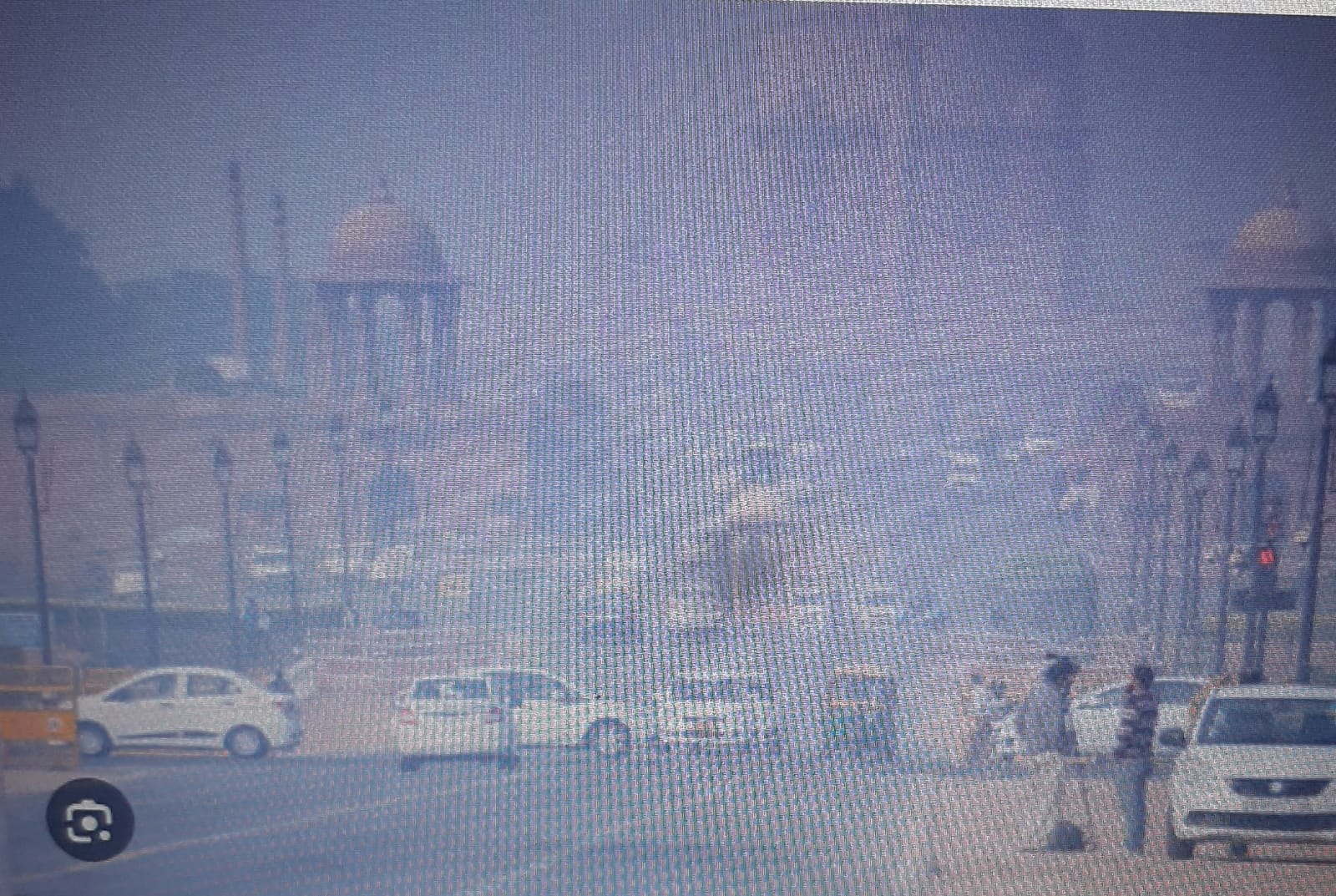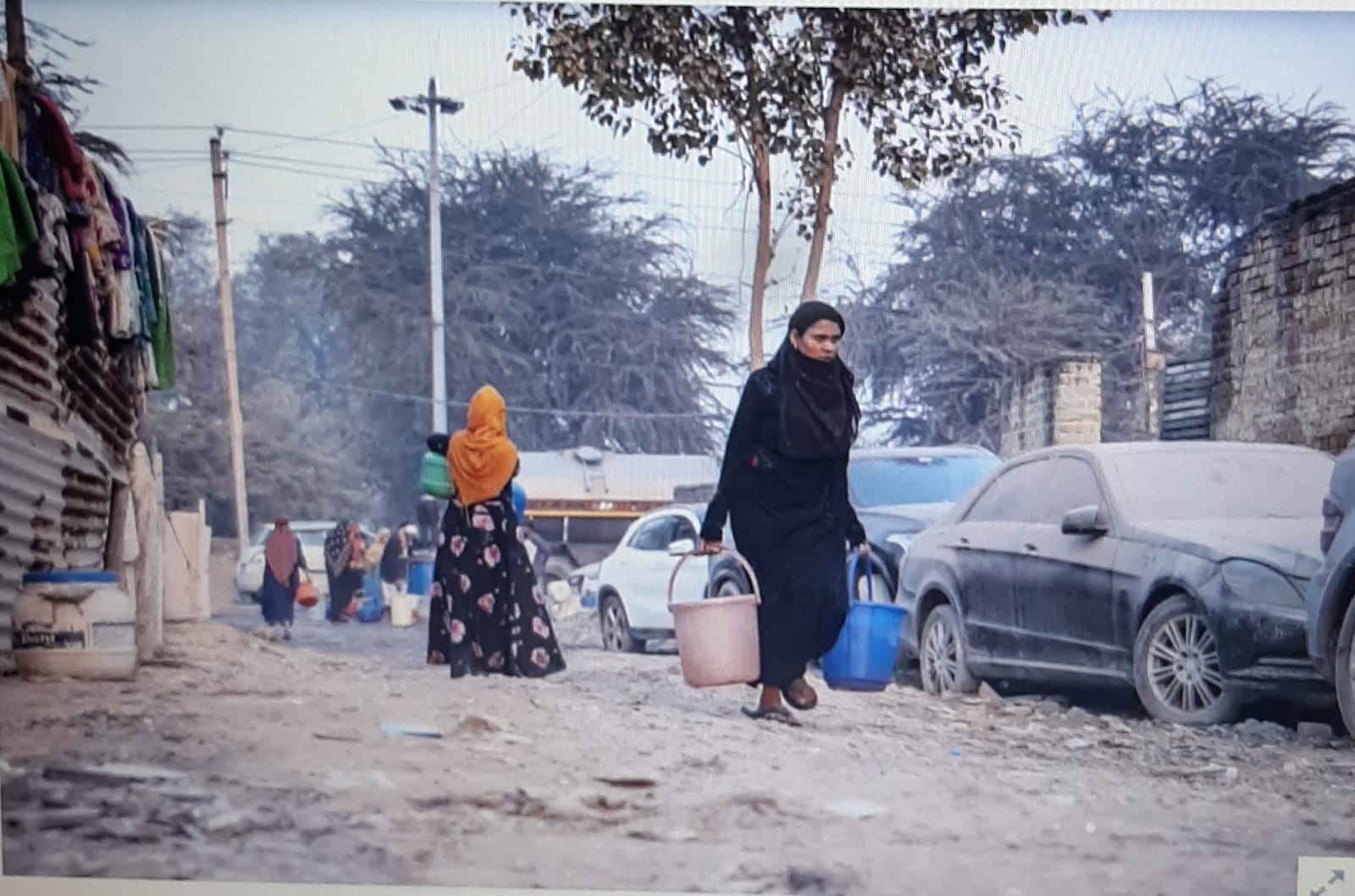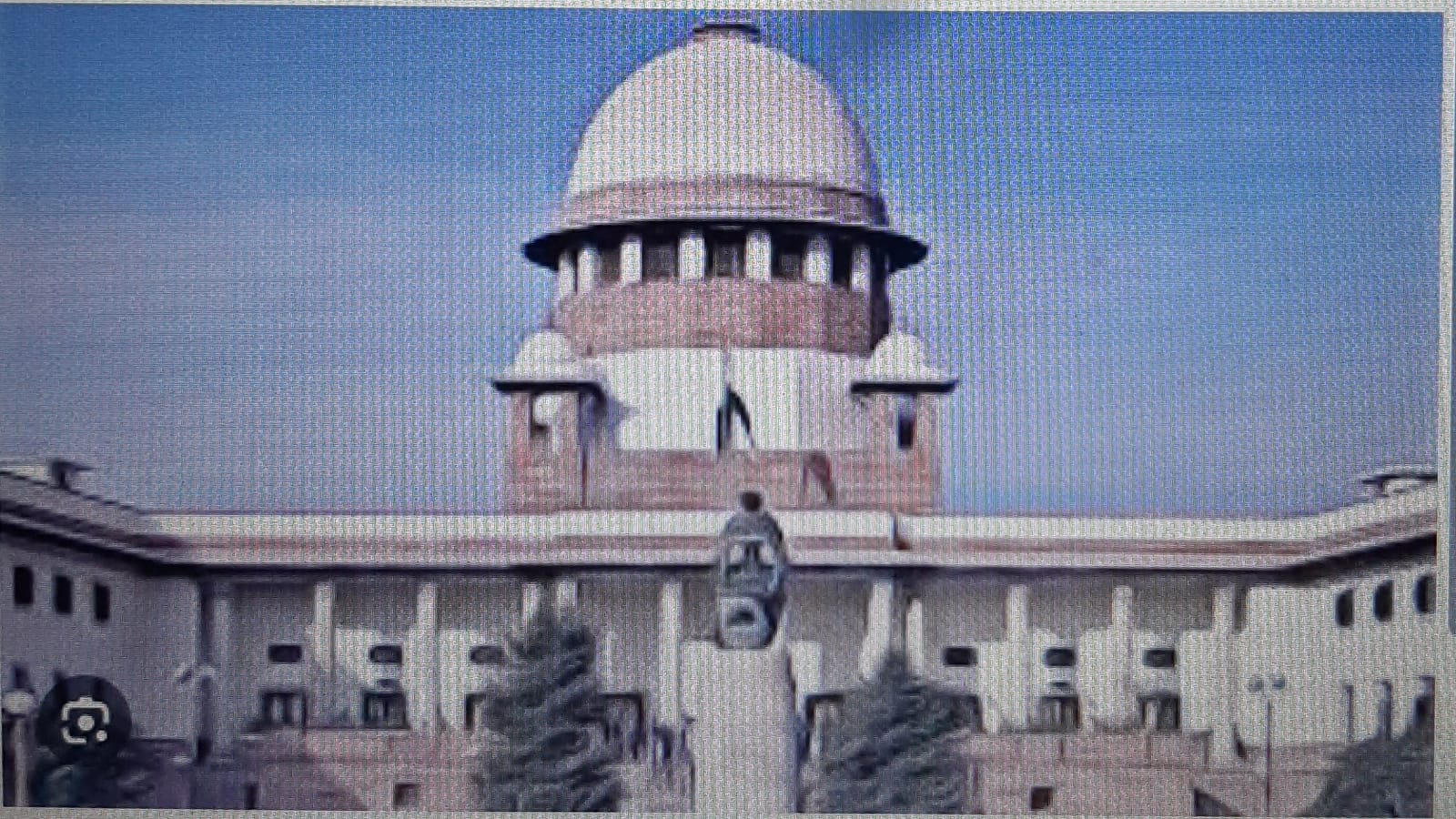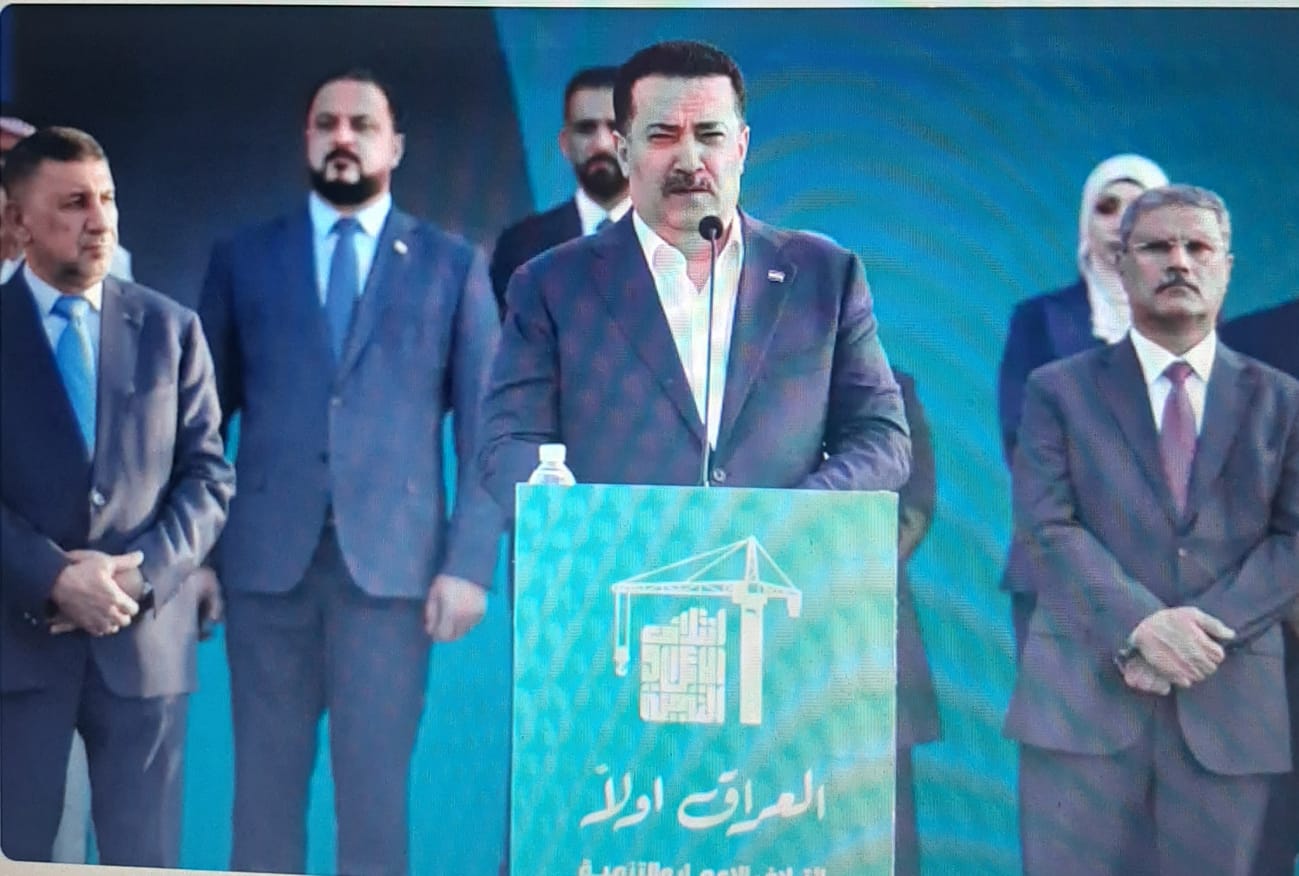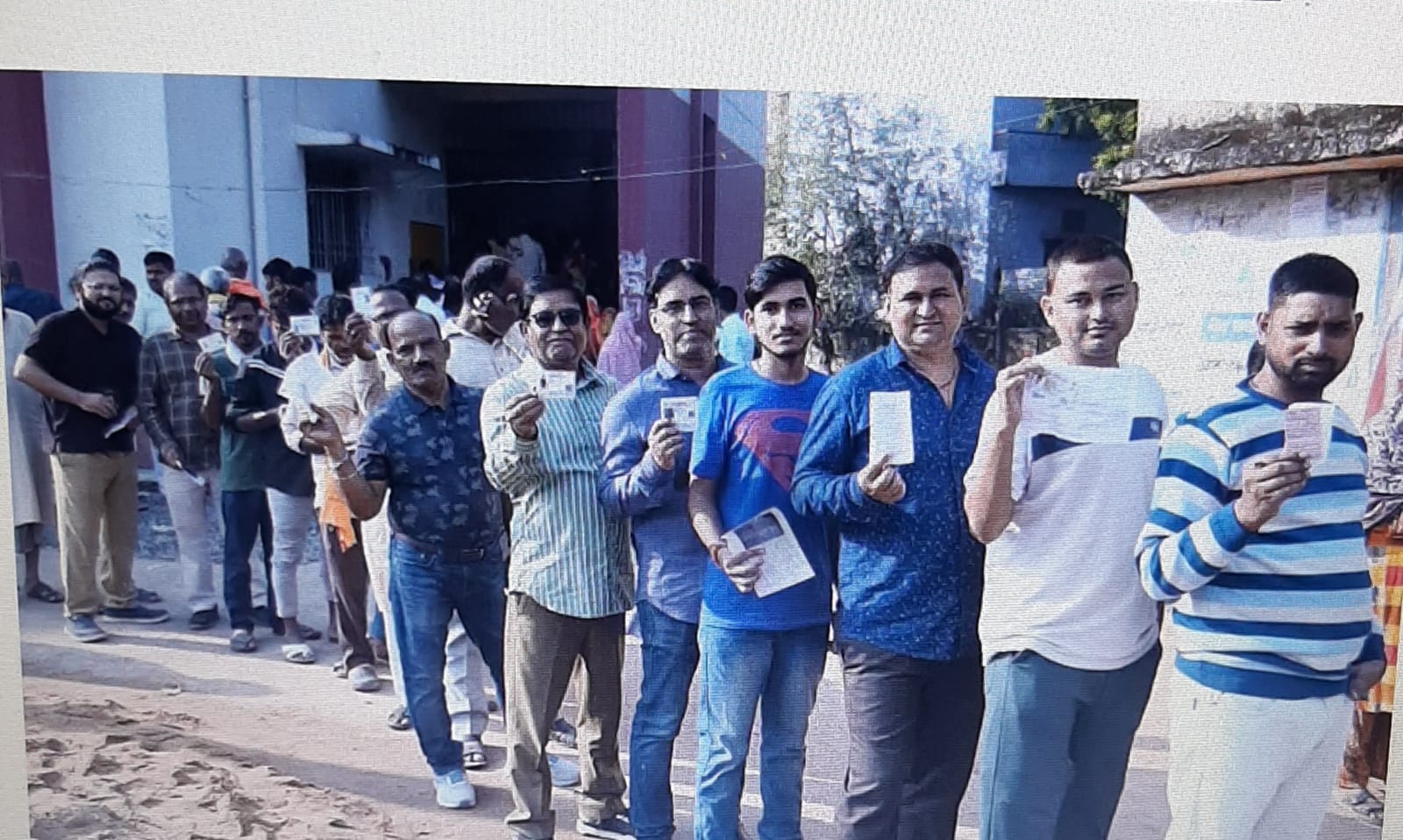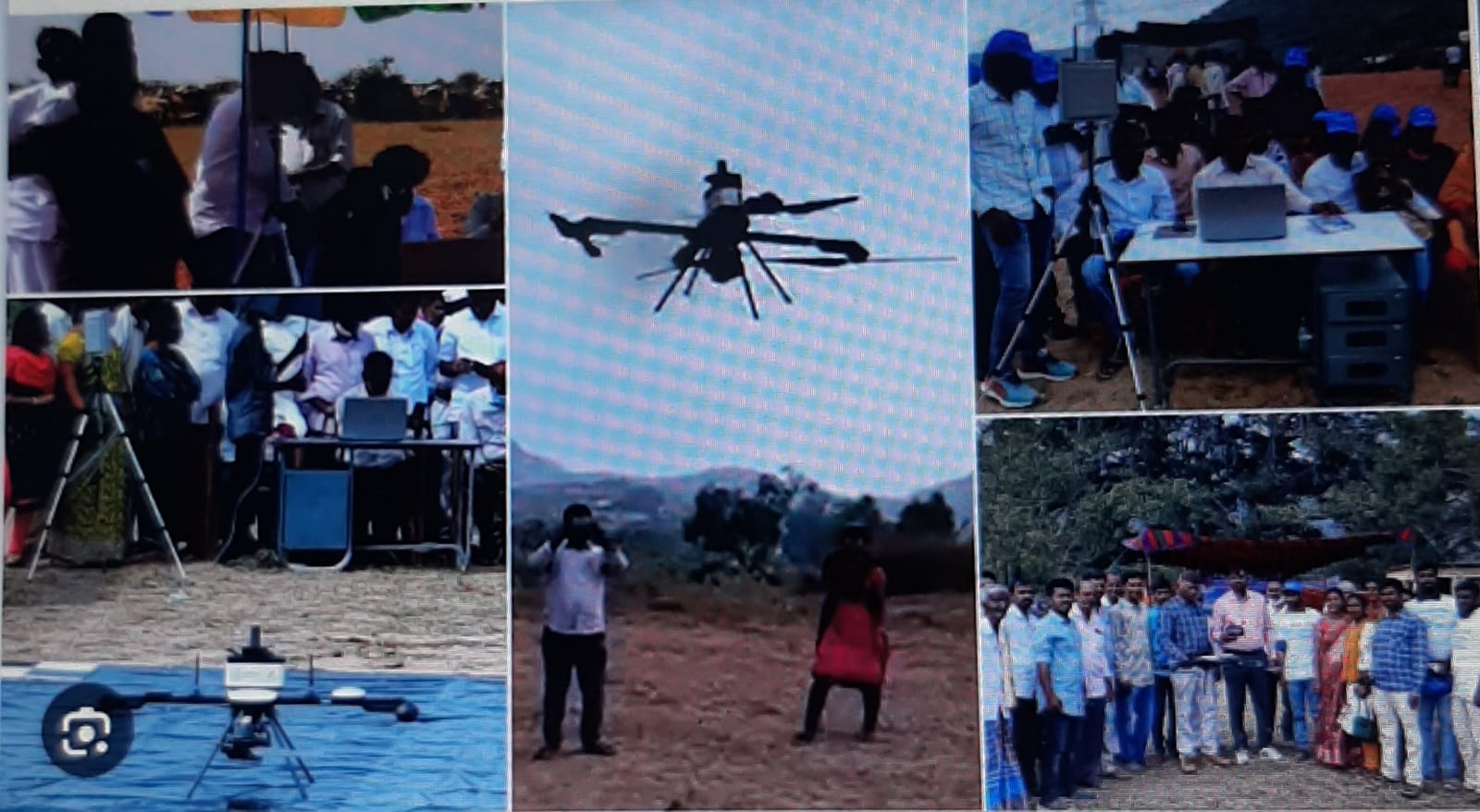
The recent decision of Government of Uttar Pradesh to provide subsidy to developers for constructing way-side amenities along newly constructed expressways and highways appears to be mis-directed. If the State Government uses its funds to provide the State Guarantee and undertake development of new villages / towns to cater to population of 20,000 or more, where residents of adjoining villages get preference in allotment of residential plots and development of commercial areas, then the economic returns would be substantial and development would be inclusive, writes former IAS officer Sunil Kumar
A news item published in several newspapers[i] on May 04, 2025 reported that India was going to showcase SVAMITVA (Survey of Villages Abadi and Mapping with Improvised Technology in Village Areas) scheme at World Bank Land Conference in Washington DC. It also mentioned that land asset value to the tune of USD 1.162 trillion has been unlocked.
Earlier in March 2025, the Prime Minister while addressing a ET NOW Global Business Summit Conference organized in New Delhi had stated that “SVAMITVA scheme has unlocked property value of over Rs.100 lakh crore in rural areas”. This has been made possible through distribution of over 2.44 crore legally valid property cards to people for their residential plots in the village.
These are very big figures. To put it in perspective, it is nearly 70 times the annual budget of Ministry of Rural Development in Government of India (about Rs.1.50 lakh crore per annum). But the question that remains unanswered by the Ministry or the Prime Minister (and has not been raised by analysts whether of Economic Times or other pink newspapers) is whether the property value has been truly unlocked or is it one of those ‘notional gains’ (on the lines of ‘notional loss’ made popular by the then CAG Shri Vinod Rai) which is more on paper than ground!
First, let us understand the logic behind the assertion by the Government. There was no valid legal documentation of residential property (both land and house built thereon) situated in ‘Abadi’ or ‘Gaothan’ area of a village in India (barring exception of Tamil Nadu and some parts of Odisha). Our land revenue records and maps did not reflect the individual ownership of land parcels within the Abadi or Gaothan area. Under SVAMITVA, this lacuna is being addressed. So Government can claim that by providing legal documentation of residential property in villages and thereby paving the way for sale and purchase of such properties, the value of such ‘dead’ capital has been unlocked.
It is assumed that the ‘land value’ being talked about refers to those properties where the property card or sanad has been prepared and distributed. It would help if the Government clarifies the average rate assumed per sq.m of the residential plots for arriving at the figure of USD 1.162 trillion. They should also clarify whether it is for the land parcels of 2.44 crore owners who have already received the property cards of for 10.45 crore land parcels which have been digitized in 3.15 lakh villages of 31 States/UTs of India. If it is the former, then the value of land assets unlocked could cross USD 4 trillion (almost the size of Indian economy today). The real value will become known once actual land transactions begin to take place.
Mystery of Capital
It may be noted that a Peruvian Economist, Hernando De Soto in his book ‘The Mystery of Capital’ had written about the need to bring the poor in the economic mainstream by providing legal recognition to their assets through appropriate documentation and thereby transforming their assets (presently ‘dead’ capital) into potentially transforming ‘capital’ which runs the market economy. In his view this could inject potentially trillions of dollars into the economy of developing countries and weaken the hold of oligarchs on the economy.
The distribution of property card to villagers for their residential properties under SVAMITVA scheme seems to be the first ‘baby’ step taken in the direction of infusing life into ‘dead’ capital. The format of property card/Gharauni/Sanad in different States is as per the provisions in the State Revenue Code/Manual which has legal backing. Thus, it is as valid as is ‘khatauni’ for agricultural land.
Steps required for unlocking asset value
However, other steps would need to be taken by State Governments to unlock asset value in the true sense, which, at the moment, seems to be largely absent despite the scheme being under implementation for over five years now. These are as under:
First, the process is incomplete even in those villages which have ostensibly been saturated under the scheme. Residential properties situated outside ‘abadi’ or ‘gaothan’ area have not been covered and their property cards not prepared. Similarly, property cards have not been provided to beneficiaries of Government housing schemes such as PMAY(G) in several States.
Only Madhya Pradesh has provisioned for extending the abadi areas under Section 243 of Madhya Pradesh Land Revenue Code, 1959 (amended in 2018). District Collectors can thereby include such inhabited areas under Abadi. The lead taken by Madhya Pradesh in this regard needs to be emulated by other States.
The demand to extend the ‘abadi’ or ‘gaothan’ area has been there since 2020. It has been articulated by villagers before the PM and the CMs. So far, barring Madhya Pradesh, other States have reportedly not taken any step in this regard. If the residential properties outside abadi area are added up, the number of digitised land parcels could exceed 15 crore in the States/UTs covered under the scheme and not be just 10.45 crore.
Second, with increasing construction of multi-storey buildings especially in peri-urban areas, need to provide individual property cards to flat owners is being felt. Survey experts suggest that existing SVAMITVA data can be used in this regard. Once necessary provisions are made in the State Acts and vertical property rules formulated, then it would be possible to issue a supplementary property card (linked to existing property card) containing details of the building (vertical property) and record the ownership of individual dwelling units within the building. The ownership details can be noted after inquiry as per the process laid down under State Acts. However, till date, no State Government has taken a lead in this regard.
Third, the ‘circle rate’ for these areas would need to be determined by the revenue department officials. Since, it may be difficult to fix the circle rate in the presecribed manner in the absence of land transaction data in the preceding years for all areas, the Government would need to work out a formula to guide the officials. The circle rate would be much higher for peri-urban areas or those adjoining expressways and highways.
Fourth, all properties would need to be registered. The lead taken by Haryana can be followed by other States. The State Government decided that stamp duty would be waived and all properties would be registered on a Rs.100 stamp paper. This would pave the way for sale and purchase of residential properties in Haryana. Sale and purchase of property is validated only upon registration. This is well understood by all villagers. So all State Governments need to work out a feasible solution at the earliest.
Fifth, if the Madhya Pradesh example is emulated by other States, where the entire process related to land survey has been automated and all details in the MP Bhulekh portal is visible to all stakeholders including the Bank officials, then the process of land monetisation would become seamless and efficient.
Only after the aforesaid steps are taken by all State Governments can the property value of land assets in rural areas be truly unlocked. Right now it is more in the realm of ‘notional’ than ‘real’. This maybe one reason why State politicians are refraining from highlighting this ‘achievement’ even in the State Government advertisements! It certainly does not form part of their public speeches as of now.
As for the public, they have some hazy notion about the value of the property card or sanad document in their hands but a large majority of them are unaware till such time as they are able to mortgage or sell their residential property to raise resources. A few property card or sanad holders have benefited when they received higher compensation in case of acquisition or when they could take loans from Banks to meet their current requirements. State Governments need to undertake massive awareness drive in this regard in the villages.
Steps for Enhancing Value of Land Assets in Rural Areas
However, it must be understood that value of land assets would appreciate only when demand is there. Demand is driven by economic activity. If there is greater requirement for goods and services, then demand for new institutional, commercial and residential spaces would grow.
This process will receive a fillip if green-field / brown-field re-development of villages is undertaken in all Gram Panchayats which are already classified as Census Towns to begin with. Peri-urban villages in the vicinity of fast growing urban cities like Bengaluru, Pune, Lucknow etc. would also need to be focused upon.
The first step would be preparation of a geo-spatial Master Plan[ii] of these Gram Panchayats and their acceptance and approval by the Gram Sabha and the Town and Country Planning departments in States.
The second step would entail strengthening the governance structures in these rural local governments (Gram Panchayats), giving them control over land use conversion as per approved Master Plan so that the Gram Sabha can take appropriate decisions. Departments of State Government would need to perform the role of technical consultants / facilitators to Gram Sabha through Gram Panchayat.
The third step would be finalizing a suitable financing and development model wherein landowners receive fair valuation of their land and residential property and a suitable housing accommodation. This may entail designing ‘State-Panchayat- Private Partnership (SPPP)’ models where State Government gives guarantee and the habitat and village development work is undertaken by a suitable private partner. Both State and Local Government would need to bear the cost of development of public infrastructure such as roads, drainage, sewerage, drinking water, electricity, internet connectivity etc. The local government acts as a bridge between the owners and the developers and ensures that the agreement is fair to all parties.
The fourth step would be enlisting the support of reputed academic institutions like School of Planning and Architecture, Civil Engineering wing of Engineering Colleges to serve as Independent Technical and Quality Control Managers of the Gram Panchayats. Their role should be built into the SPPP (State-Panchayat-Private- Partnership) agreement itself.
Once these steps are taken, the process of unlocking land value would get accelerated and new investments of several lakh crore rupees in rural areas would open new investment and employment opportunities. Development / re-development of over ten thousand new villages / towns in the next five to ten years would add a new dimension to India Growth story.
The recent decision of Government of Uttar Pradesh to provide subsidy to developers for constructing way-side amenities along newly constructed expressways and highways appears to be mis-directed. If the State Government uses its funds to provide the State Guarantee and undertake development of new villages / towns to cater to population of 20,000 or more, where residents of adjoining villages get preference in allotment of residential plots and development of commercial areas, then the economic returns would be substantial and development would be inclusive.
Governments must realize that poor are not the problem but the solution. Once they are given dignity and opportunity wherein their assets are legally recognized (as has been done under SVAMITVA scheme) then solutions would suggest themselves. It must be remembered that, to quote Soto, “implementing a property system that creates capital is a political challenge because it involves getting in touch with people, grasping the social contract and overhauling the legal system”.[iii] Time for the Union and State Governments to act is now. This important path breaking work cannot be left to the bureaucracy alone.
(Sunil Kumar is a visiting faculty in Gokhale Institute of Politics and Economics and a member of Pune International Centre. He is also a former civil servant. Views expressed are personal.)
[i] India to showcase SVAMITVA scheme at World Bank Land Conference; The Economic Times, May 04, 2025; https://m.economictimes.com/news/economy/policy/india-to-showcase-svamitva-scheme-at-world-bank-land-conference/articleshow/120866489.cms; https://www.tribuneindia.com/news/business/india-set-to-lead-global-land-reform-talks-at-world-bank-headquarters/; https://www.google.com/amp/s/theprint.in/india/india-to-showcase-svamitva-scheme-at-world-bank-land-conference/2614644/%3famp
[ii] Rural Area Development Formulation and Plan (RADPFI) Guidelines; Ministry of Panchayati Raj, January 2022
[iii] The Mystery of Capital – Hernando De Soto, P.241 ; Black Swan edition, U.K., 2001


